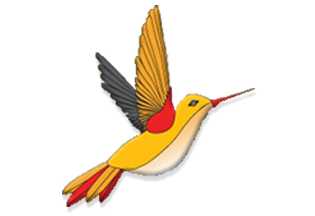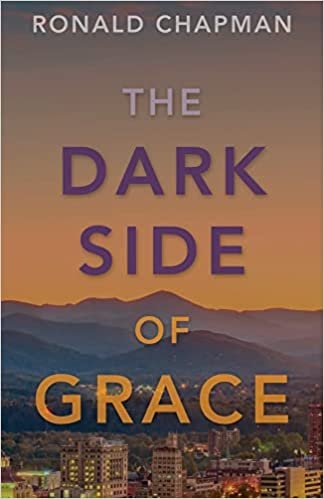The Beauty of Pain and Fear
/Do You Try to Avoid Fear and Pain?
What if those feelings can provide something beneficial?
Lenny Lynne Lunden approached me after I posted some information about forgiveness, healing, and the use of the breath to promote it. In fact, she was very curious about my approach as well as the workshops I provide to assist people in their path to wholeness. As it turns out, Lenny has a great deal of parallel experience, has written on the subject, and uses it in her counseling practice with her clients.
And our conversation provided some clarity about feelings many perceive to be negative and have no purpose. Regret, resentment, injury and trauma gets stuck within us. It can be exceedingly difficult to even obtain a glimpse of it, much less to articulate it with any real clarity. I once described it as “trying to put a finger on an air bubble in water.”
Lenny said something that was an excellent framing for something I’ve known but not explained as well. She said, “Pain is an indicator of something that needs our attention, and fear is simply trying to protect us from something that is a perceived threat. While either may be a misinterpretation, we ought to welcome them.”
In an instant I flashed back to Jim Peterson, a D-Day survivor who overcame his own personal hell on earth as a result of the terrible trauma he experienced. Jim often said, “Cuddle up to your pains and your fears. Make friends with them. See what they have to teach you.”
Fear and pain are both providers of valuable information, even though we must remember it is sometimes misinformation. Either what they communicate needs our action in order to protect ourselves, or it needs exploration to resolve false perceptions. Of course, if we only consider pain and fear to be problems and to be avoided at any cost, we cannot embrace them for the information and potential learning they offer.
Seeing True™
Fear and pain are perfect feedback mechanisms provided by Life for our well-being. Embracing them is far more beneficial than avoiding them.
Seeing True™ in Action
Let’s try putting this into practical action from which we can benefit.
First, write down historical instances where pain or fear provided useful information. For example, an ache that resulted in a valuable visit to a physician or alternative practitioner, or an intuitive aversion that allowed you to avoid what would have otherwise been a bad outcome. Look for as many examples as possible. See if the evidence of your own experience can convince you of the value of fear and pain.
Then make note of current pains and fears. Look at whether you are avoiding them. Why might that be the case? In contrast, assuming they provide valuable information, what is it and what actions would be appropriate? Why would you be avoiding those actions? What would it take to get into action?













